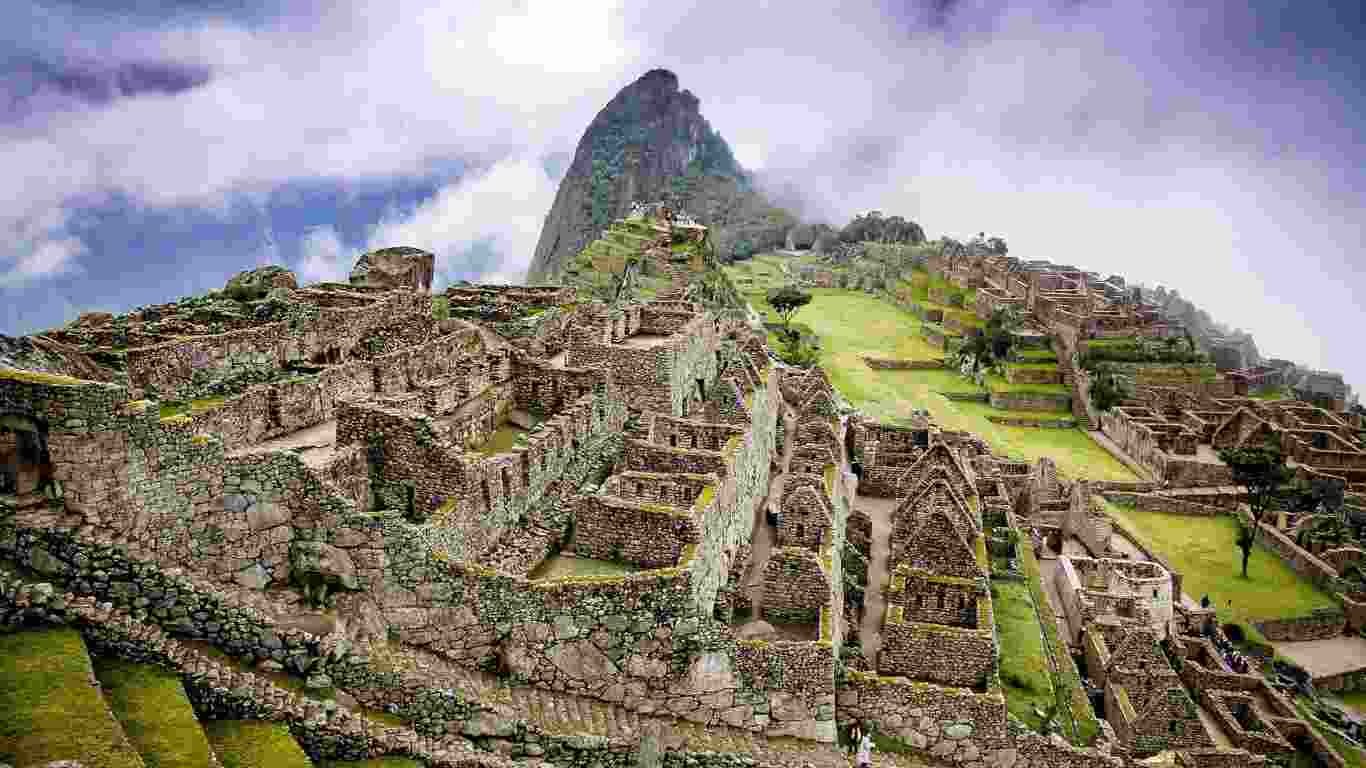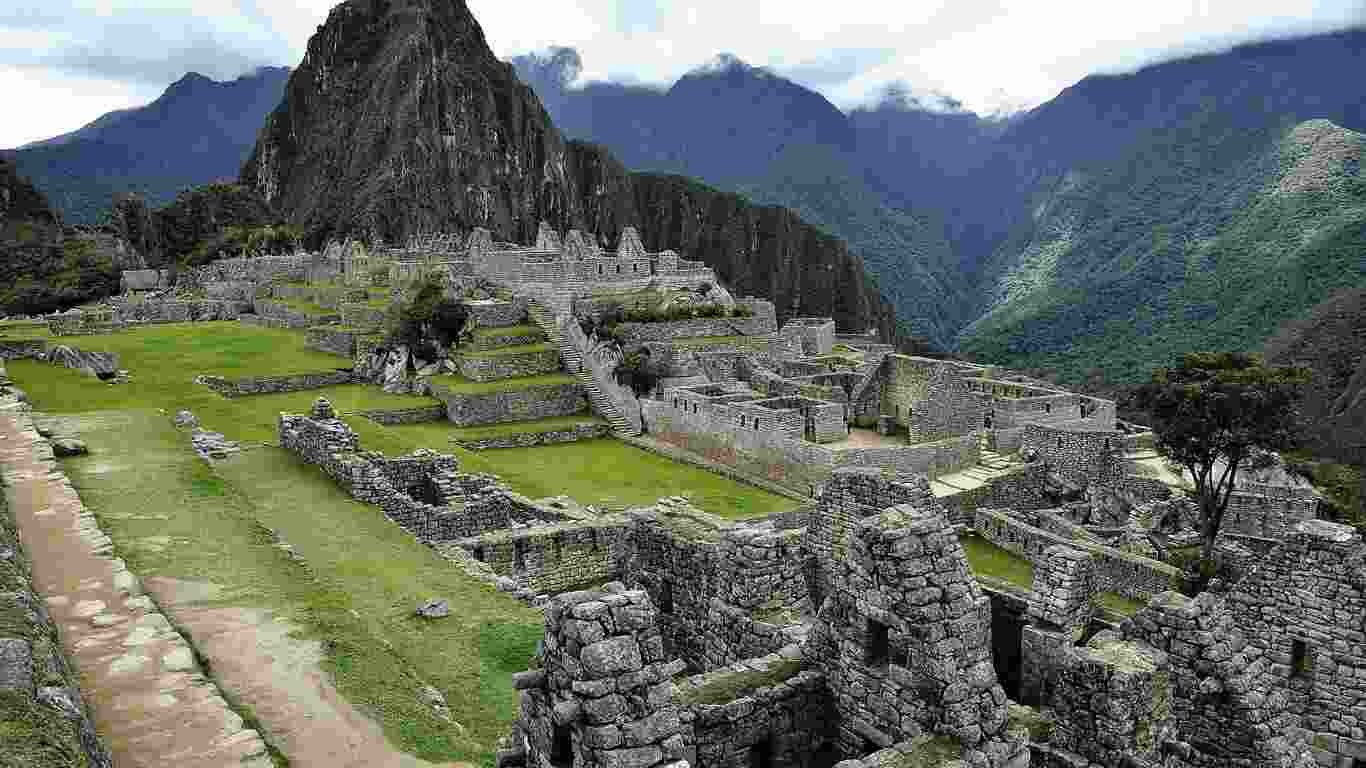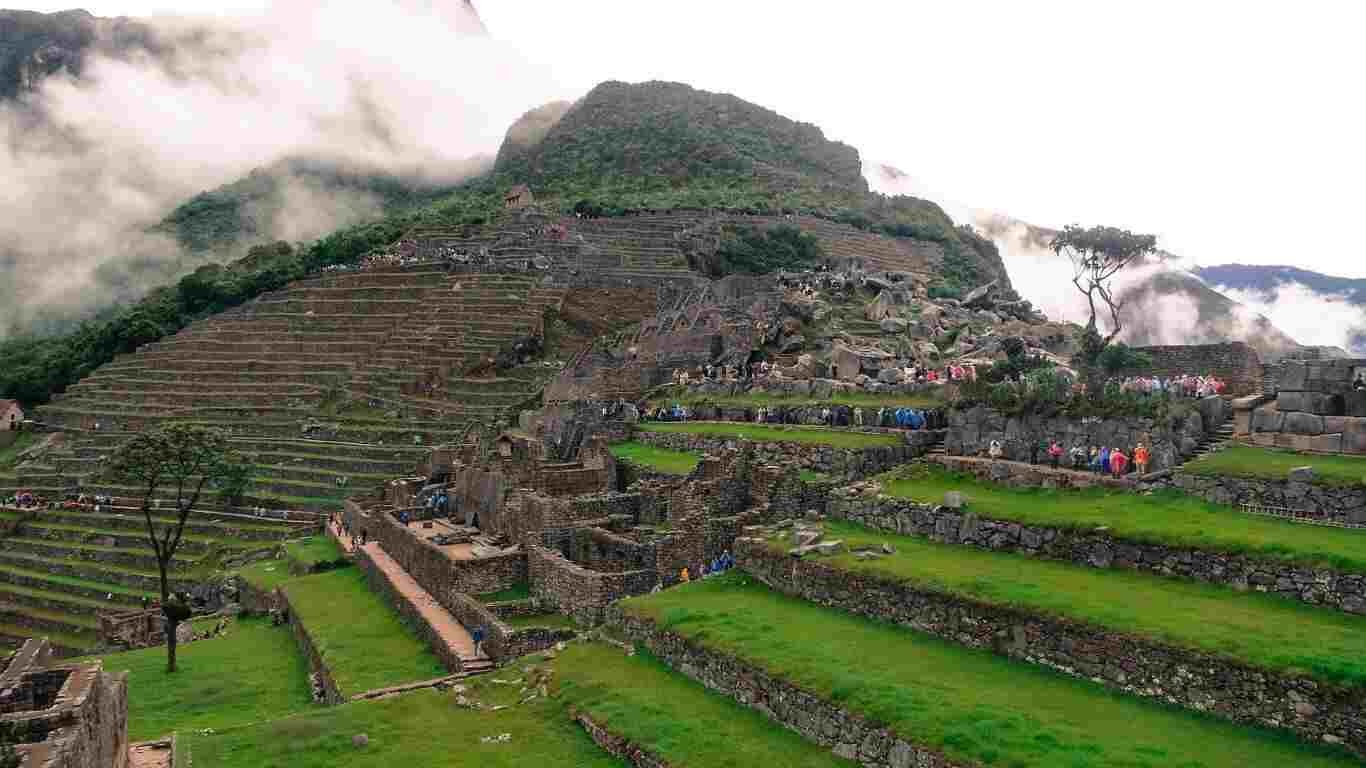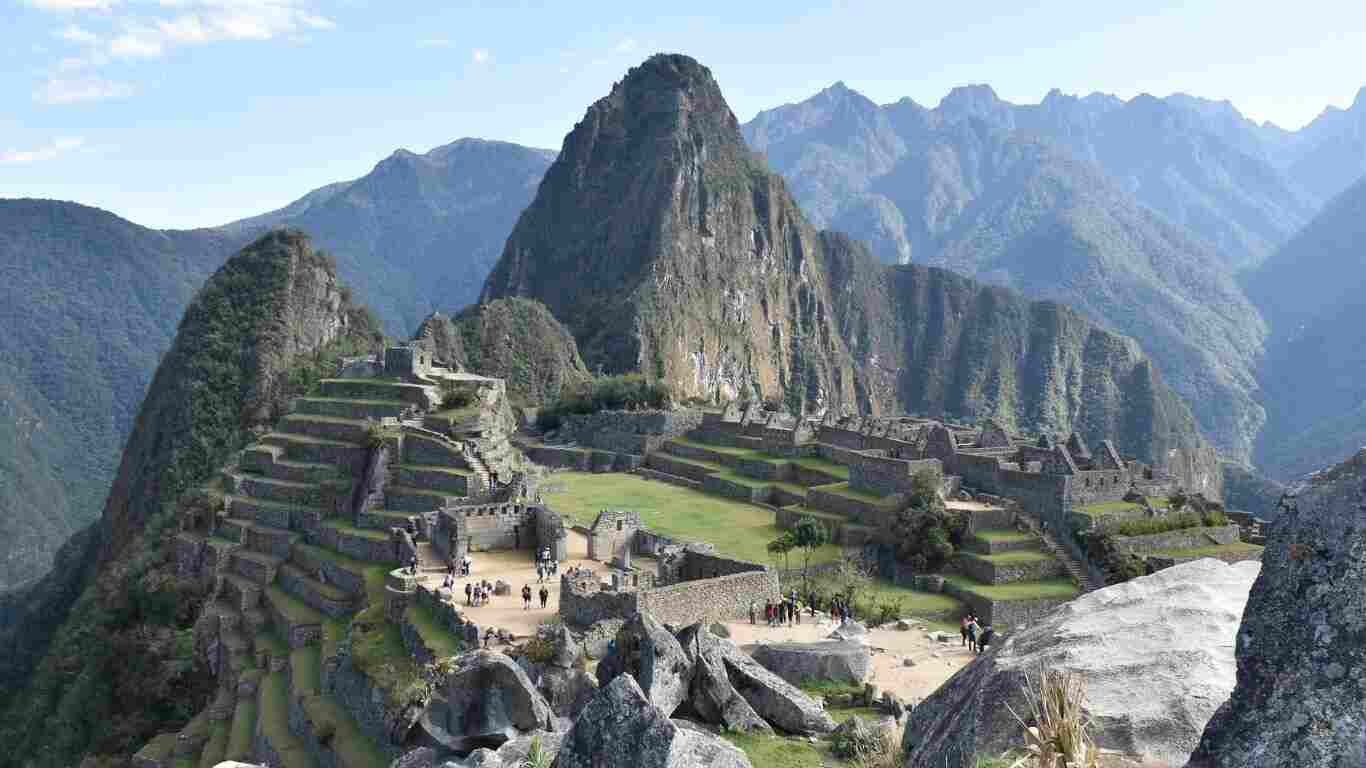
Table of Contents
ToggleIntroduction
The Historic Sanctuary of Machu Picchu is more than just a stunning archaeological monument, it is a location where history, mystery, and nature come together. Machu Picchu, located high in Peru’s Andes Mountains, was a hidden jewel until its rediscovery in the early twentieth century. This UNESCO World Heritage Site continues to captivate the imaginations of visitors, historians, and archaeologists alike. This article dives into the Historic Sanctuary of Machu Picchu’s unknown stories, including its discovery, cultural significance, architectural marvels, and the riddles that continue to perplex specialists.
Discovery of Machu Picchu
The Rediscovery by Hiram Bingham
The Historic Sanctuary of Machu Picchu tale began in 1911, when American historian Hiram Bingham rediscovered it. While local indigenous people had long been aware of its existence, the location remained mostly unknown to the outside world. Bingham’s expedition brought Machu Picchu to international attention, unveiling the incredible relics of the Incan civilization.
Theories Behind Its Purpose
Bingham’s findings were remarkable, revealing the Incas’ superior technical and architectural prowess. However, the true purpose of Machu Picchu is buried in obscurity, leaving historians and archaeologists with numerous concerns.
Cultural Significance and Legacy
A symbol of the Inca Empire
The Historic Sanctuary of Machu Picchu has enormous cultural value for Peru and the world. As an Incan Empire icon, it marks the apex of Incan architecture, engineering, and cultural progress. The site is thought to have been a royal estate or religious retreat for the Inca elite, providing information on their way of life, spiritual beliefs, and social structure.
Preserving Incan Heritage
Machu Picchu’s impact extends beyond its physical remains, as it demonstrates the Incan people’s creativity and resilience. The sanctuary is a living link to the past that preserves Inca traditions and history for future generations.

The Incan Civilization
Advanced Society of the Inca
To completely comprehend the Historic Sanctuary of Machu Picchu, one must first investigate the Incan civilization. The Incas were a technologically accomplished society with extensive knowledge of astronomy, agriculture, and engineering. Their dominion spanned western South America and was the biggest in pre-Columbian America.
Machu Picchu: A testament to Inca ingenuity
Machu Picchu is one of the most important vestiges of this civilization, demonstrating the Incas’ ability to integrate their building into the natural surroundings. Machu Picchu’s terraces, temples, and constructions reflect the Incas’ stone working skills and spiritual connection to the earth.
Architecture and Engineering Marvels
The Mastery of Ashlar Masonry
The Historic Sanctuary of Machu Picchu building is a wonder of ancient engineering. The Incas built the site utilizing ashlar masonry, which involves cutting and fitting stones together without using mortar. This strategy assured that the buildings could resist the region’s frequent earthquakes.
Innovative Environmental Management
The accuracy with which the stones were cut and positioned is incredible, with some stones fitting so perfectly that not even a blade of grass can pass between them. The terraces were meant for agricultural but also served as erosion control, demonstrating the Incas’ advanced understanding of environmental management.
Sacred Sites and Temples
The Temple of The Sun
The Historic Sanctuary of Machu Picchu contains various sacred sites and temples that provide insight into the Incas’ spiritual life. The Temple of the Sun, one of the most prominent monuments, was most likely used for astronomical observations as well as religious activities.
The Intihuatana Stone
The Intihuatana Stone, also known as the “Hitching Post of the Sun,” is another notable feature that is thought to have been utilized as a solar clock. These sacred places are not simply architectural marvels, but they also have profound spiritual significance, showing the Incas’ reverence for nature and their deities.

Theories and Mysteries
The purpose of Machu Picchu
Despite much research, the Historic Sanctuary of Machu Picchu remains mysterious. There are several interpretations about its purpose, which range from a royal retreat to a religious institution or possibly a military outpost. Some experts believe Machu Picchu was a pilgrimage site, while others think it was an astronomical research facility.
The site's intriguing layout
The site’s isolated location and complicated layout have spurred debate and interest, with each new idea adding to Machu Picchu’s allure. However, one thing is certain: the sanctuary continues to inspire amazement and curiosity, leaving more to be uncovered.
Preservation and Conservation Efforts
Preserving Machu Picchu for Future Generations
Preserving the Historic Sanctuary of Machu Picchu is a top concern for Peru and the world community. The site has a number of issues, including environmental degradation, erosion, and the effects of tourism. Conservation efforts at Machu Picchu require a difficult balance between providing people access and conserving the site’s integrity.
Sustainable tourism practices
UNESCO and the Peruvian government have implemented efforts to manage tourism, limit tourist numbers, and promote environmentally friendly practices. These initiatives are critical to ensuring that Machu Picchu is preserved for future generations to enjoy and explore.
Tourism and Its Impact
Economic Advantages and Challenges
Tourism is important to the Historic Sanctuary of Machu Picchu because it boosts the local economy and raises awareness of the area’s cultural heritage. However, the rush of visitors brings its own set of issues. Overcrowding, environmental harm, and a drain on local resources remain continuing concerns.
Responsible tourism
To address these concerns, authorities have implemented measures such as limiting daily visitor numbers, managing access routes, and promoting responsible tourism. While these steps have been helpful, Machu Picchu’s future rests on ongoing attempts to balance tourist and preservation.

Weather Information and Best Time to Visit
Seasonal variations
The weather at the Historic Sanctuary of Machu Picchu changes throughout the year, with distinct wet and dry seasons. The dry season, which runs from May to September, is the most popular time to visit, with bright sky and perfect trekking conditions. However, this is also the busiest time.
Preparing for Weather
The wet season, which runs from October to April, has fewer tourists but more regular rainfall, which can make routes slick and difficult. Visitors should be prepared for fluctuating weather conditions year-round, as the sanctuary’s high altitude can cause dramatic temperature swings.
Key Attractions Within Machu Picchu
Must-See Sites
Visitors to the Historic Sanctuary of Machu Picchu will find a variety of activities to visit. The Intihuatana Stone, the Temple of the Sun, and the Room of the Three Windows are among the most well-known sites. The agricultural terraces’ outstanding design demonstrates the Incas’ ingenuity.
Adventurous Hikes
The nearby Huayna Picchu offers a challenging hike with stunning views of the sanctuary, while the Inca Bridge and the Sun Gate provide insights into Incan engineering and strategic planning. These attractions contribute to the overall experience, revealing different aspects of Incan life and culture.
Safety Guide for Visitors
Health and Altitude Considerations
Visiting the Historic Sanctuary of Machu Picchu necessitates cautious planning, especially in terms of safety. The high altitude can be difficult to adjust to, particularly for individuals who are unfamiliar with it. Visitors should allow time to adjust, stay hydrated, and avoid vigorous activities during the first few days.
Navigating the Site Safely
The sanctuary’s pathways can be steep and uneven, so wear suitable footwear. It is also recommended that tourists accompany a guide who can provide insight into the site’s history and safeguard their safety. Adhering to legislation and appreciating the site’s preservation efforts are essential for a safe and pleasurable visit.

How to Visit the Historic Sanctuary of Machu Picchu
Travel Routes to Machu Picchu
The route to the Historic Sanctuary of Machu Picchu takes you through some of Peru’s most beautiful scenery. The most usual route is by rail from Cusco to Aguas Calientes, then by bus to the entrance. For the most daring, the Inca Trail is a difficult journey that ends at the Sun Gate, with stunning vistas of Machu Picchu at daybreak.
Booking and Guided Tours
Tickets to the sanctuary must be booked in advance, and it is best to book early, particularly during high season. Hiring a guide can improve the experience by offering historical context and assisting tourists to make the most of their visit.
Nearest Attractions and Experiences
Explore the Sacred Valley
The area surrounding the Historic Sanctuary of Machu Picchu is full of attractions. The Sacred Valley, with its picturesque villages, historic ruins, and bustling markets, provides a better knowledge of Incan civilization. Ollantaytambo, famous for its well-preserved Inca fortress, is a must-see destination.
Discovering Cusco and beyond
Cusco, the Inca Empire’s former capital, is a UNESCO World Heritage Site known for its colonial architecture and unique museums. For those seeking natural beauty, the Salinas de Maras and Moray agricultural terraces provide distinct and lovely settings to explore.
Conclusion
The Historic Sanctuary of Machu Picchu is more than just a historical landmark; it represents a civilization that thrived in harmony with its surroundings, leaving a legacy that continues to inspire. Machu Picchu continues to be a human treasure, from its mystery origins and architectural marvels to its cultural relevance and continuing preservation efforts. As you discover the unknown stories of this extraordinary sanctuary, you will gain a better understanding of the Incas’ brilliance and spirituality, as well as the lingering mystery surrounding this ancient treasure.
